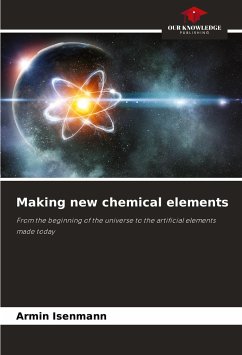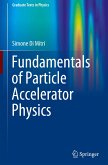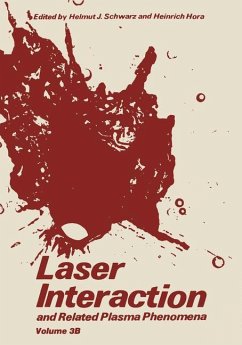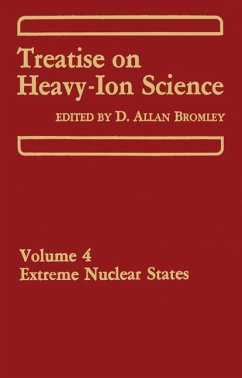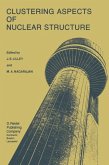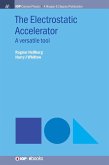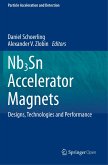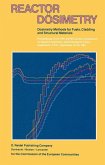Creating a new element involves a reaction in the nucleus. Although this subject is covered in Brazilian secondary education, it is not part of classical chemistry, which focuses on valence electrons. Of course, nuclear reactions are seen as necessary, but at the same time they are little understood. Through a systematic classification, the aim of this book is to shed light on the diverse reactivity of the nucleus, which is so different from chemistry in terms of energy. The reader will find answers to elementary questions such as the abundance of chemical elements, how and when they were created in the Universe, which elements we can create artificially and the civil and military uses of nuclear reactions.
Bitte wählen Sie Ihr Anliegen aus.
Rechnungen
Retourenschein anfordern
Bestellstatus
Storno

